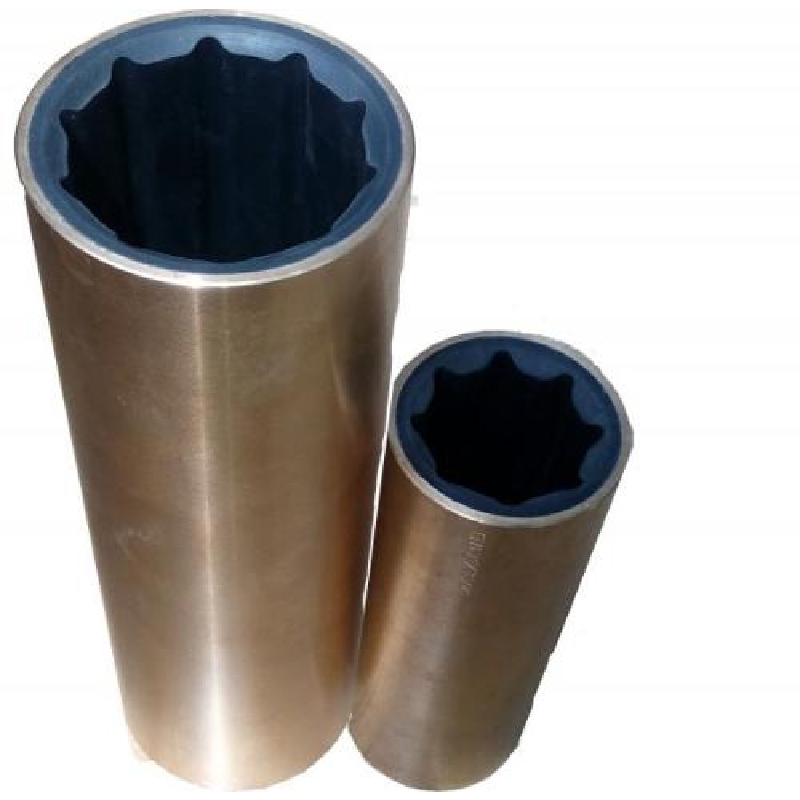ball valve o ring
Understanding the Importance of O-Rings in Ball Valves
Ball valves are widely used in various industrial applications for their reliability and efficiency in controlling fluid flow. One critical component of a ball valve is the O-ring, which plays a significant role in ensuring proper sealing, preventing leaks, and enhancing the overall performance of the valve. This article delves into the function, types, materials, and maintenance of O-rings in ball valves, emphasizing their importance in the fluid control industry.
What is a Ball Valve?
A ball valve is a type of quarter-turn valve that uses a hollow, perforated, and pivoting ball to control fluid flow. The ball's position determines if the valve is open or closed. When the ball's hole is aligned with the flow, the valve is open, and when the ball is rotated 90 degrees, it blocks the flow, effectively closing the valve. This design allows for quick and easy operation, making ball valves popular in various applications including plumbing, gas, and fluid processing systems.
The Role of O-Rings in Ball Valves
O-rings are circular gaskets made of elastomeric materials, crucial for creating a seal between the moving and stationary parts of a ball valve. Their primary role is to prevent leakage of fluids, whether they are liquids or gases, from escaping the valve body. When the ball is in the closed position, the O-ring compresses against the ball and valve seat, creating a tight seal that prevents any fluid from penetrating the space between these components.
Types of O-Rings Used in Ball Valves
O-rings come in various sizes, shapes, and materials. The choice of O-ring largely depends on the application and the type of fluid being controlled. Common materials include
1. Nitrile (Buna-N) Often used for oil and petroleum-based applications due to its resistance to hydrocarbons and good sealing properties.
2. EPDM (Ethylene Propylene Diene Monomer) Suitable for hot water and steam applications, EPDM O-rings have excellent resistance to heat, ozone, and many chemicals.
3. PTFE (Polytetrafluoroethylene) Known for its high chemical resistance, PTFE O-rings are ideal for aggressive chemicals and high-temperature applications.
ball valve o ring

4. Viton A type of fluoropolymer that offers excellent chemical resistance and can withstand high temperatures, making it suitable for harsh environments.
Selecting the proper O-ring material and size is crucial for ensuring optimal valve performance and longevity.
Maintenance of O-Rings in Ball Valves
Regular maintenance is key to ensuring the effectiveness of O-rings in ball valves. Routine inspections should be performed to check for signs of wear and tear, such as cracks, abrasions, or deformation. If an O-ring is compromised, it can lead to leaks and reduced performance.
To maintain the integrity of O-rings, the following practices are recommended
1. Proper Installation Ensure O-rings are installed correctly without twists or damage. Applying a thin layer of compatible lubricant can help during installation and prevent damage.
2. Regular Inspections Periodically inspect the valve and O-ring for signs of wear. Early detection of issues can prevent costly leaks and valve failures.
3. Environmental Considerations Monitor the environment in which the valve operates. High temperatures, extreme pressures, and exposure to harsh chemicals can affect the lifespan of O-rings. Using the right material for specific environmental conditions is essential.
4. Replacement Establish a routine replacement schedule based on the application’s conditions. This proactive approach helps maintain sealing effectiveness and improves reliability.
Conclusion
O-rings are indispensable components in ball valves, ensuring effective sealing and preventing fluid leaks. Understanding the various materials, maintenance practices, and the vital role O-rings play can significantly impact the efficiency and longevity of ball valves in industrial applications. By prioritizing O-ring selection and maintenance, facilities can enhance operational reliability and mitigate the risks associated with fluid leakage, ultimately contributing to safer and more efficient processes.
-
The Ultimate Guide to Boat Propeller Bearings and Trailer Wheel Bearings
News Jul.31,2025
-
The Essential Guide to Marine Bearings and Boat Trailer Wheel Bearings
News Jul.31,2025
-
The Complete Guide to Heavy Duty Seals: Protecting Doors and Spaces Efficiently
News Jul.31,2025
-
Essential Guide to Marine Shaft Bearings and Boat Trailer Axle Bearings
News Jul.31,2025
-
Comprehensive Guide to Marine and Trailer Bearings for Safe Boating and Transport
News Jul.31,2025
-
Comprehensive Guide to Automotive Oil Seals: Protecting Your Engine and Shafts
News Jul.31,2025
-
Understanding Automotive Oil Seals: Essential Components for Engine and Shaft Protection
News Jul.30,2025
Products categories















